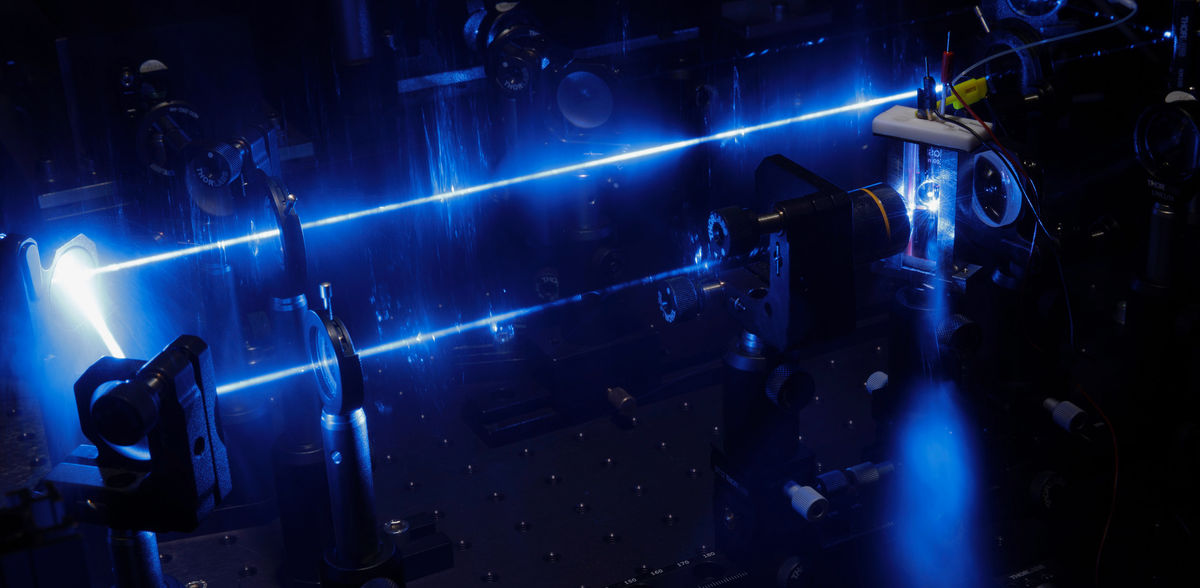Sustainable Energy: Researchers Unveil New Ways to Control Light Absorption with Iron Compounds
Exciting possibilities for sustainable technologies
Advertisement
A team of researchers from Jena and Ulm has developed an innovative approach to precisely influence the properties of light-absorbing materials, so-called chromophores. They focused on specific iron compounds, demonstrating that small changes in their chemical structure can control how these compounds react to light. The findings have been published in the Journal of the American Chemical Society.
Scientists from the Leibniz Institute of Photonic Technology (Leibniz IPHT) and the Universities of Jena and Ulm have shown that the properties of special iron compounds that absorb light can be influenced by small changes in their chemical structure. These changes affect the so-called second coordination sphere – a region of the molecule that is not directly bound to the iron atom but nevertheless influences its behavior. By adding protons, the iron compounds react differently to the light they absorb. These findings are important because iron complexes can be used as an environmentally friendly and readily available alternative to complexes of rare metals such as iridium or ruthenium in light-to-energy conversion.
How Iron Compounds Absorb and Manipulate Light
Chromophores are molecules that absorb light and can release the absorbed energy, e.g. by electron transfer. This ability of the complexes to transfer electrons to a reaction partner after light absorption is of great importance, especially in photocatalysis, but also in photovoltaics. The team from the Collaborative Research Center (CRC) CataLight at the Universities of Ulm and Jena has now shown that iron compounds not only absorb light efficiently, but that their properties can be specifically adapted by simple chemical modifications – such as the addition or removal of protons.
“We’ve demonstrated for the first time that we can precisely control the light absorption of iron complexes through their molecular environment, opening up exciting possibilities for sustainable technologies,” says Prof. Dr. Benjamin Dietzek-Ivanšić, spokesperson of CRC CataLight and a researcher at Leibniz IPHT and the University of Jena.
Paving the Way for Sustainable Energy Solutions
These new insights lay the groundwork for future studies to further optimize iron compounds for use in photovoltaics, catalysis, and other sustainable chemical processes. While previous research has often focused on expensive materials, this discovery from the team in Jena and Ulm presents a cost-effective and environmentally friendly alternative.
Original publication
Kamil Witas, Shruthi Santhosh Nair, Tamar Maisuradze, Linda Zedler, Heiner Schmidt, Pablo Garcia-Porta, Alexandra Stefanie Jessica Rein, Tim Bolter, Sven Rau, Stephan Kupfer, Benjamin Dietzek-Ivanšić, Dieter U. Sorsche; "Beyond the First Coordination Sphere─Manipulating the Excited-State Landscape in Iron(II) Chromophores with Protons"; Journal of the American Chemical Society, Volume 146, 2024-7-11



























































